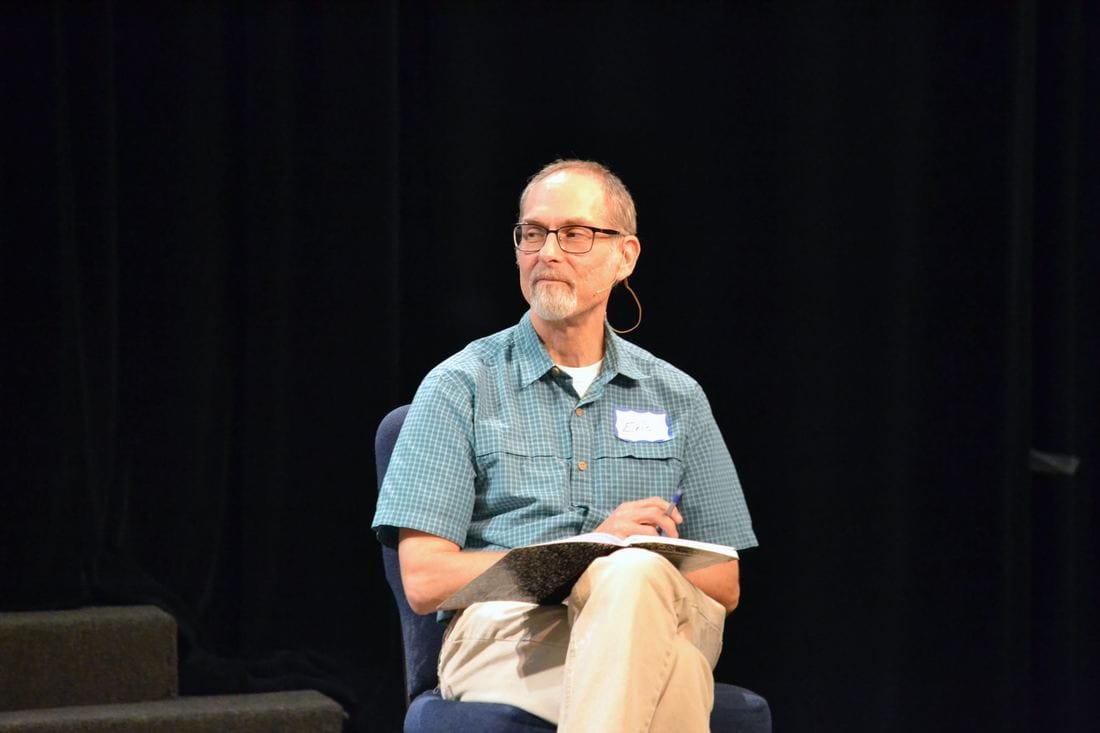

She discovered Homo fossils at Laetoli which were more than 3.75 million years old, fifteen new species and one new genus. In 1965 the duo uncovered a Homo erectus cranium.Īfter her husband died in 1972, Mary continued her work at Olduvai and Laetoli. Not long afterwards, a less robust Homo habilis was found. An Australopithecus boisei skull was uncovered in 1959. It was dated to be twenty million years old. In October of 1947, while on Rusinga Island, Mary unearthed a Proconsul africanus skull, the first skull of a fossil ape ever to be found.

They documented stone tools from primitive stone-chopping instruments to multi-purpose hand axes. Mary and Louis spent from 1935 to 1959 at Olduvai Gorge in the Serengeti Plains of northern Tanzania where they worked to reconstruct many Stone Age cultures dating as far back as 100,000 to two million years ago. She meet her future husband, Louis Leakey, when he asked her to illustrate his book, 'Adam’s Ancestors'. One of Romer’s students, Bob Carroll, wrote an updated version entitled, ‘ Vertebrate Paleontology and Evolution’, in 1987. Romer’s book, Vertebrate Paleontology (1966), was for many years THE textbook on VP and is still well worth picking up. Romer was ahead of his time in his defense of monophyly of Dinosauria though he did feel that Theropoda was not ancestral to birds.” link from In addition to this work, Romer was acutely interested in the origin and initial adaptive radiation of tetrapods, and his work became the basis for a theory of tetrapod origins which was canon until the description of Acanthostega gunnari by Clack & Coates in the 1990s. His work ranged over virtually every conceivable subject within that field, although it was the osteology and taxonomy of the therapsids and other proto-mammals which was nearest his heart. 5, 1973) was director of the Museum of Comparative Zoology at Harvard University until his retirement in 1961 and was one the singularly most influential vertebrate paleontologists of the 20th Century.


 0 kommentar(er)
0 kommentar(er)
